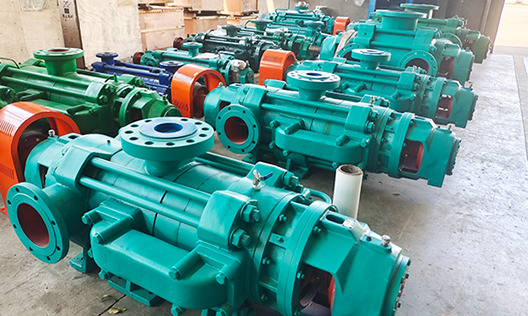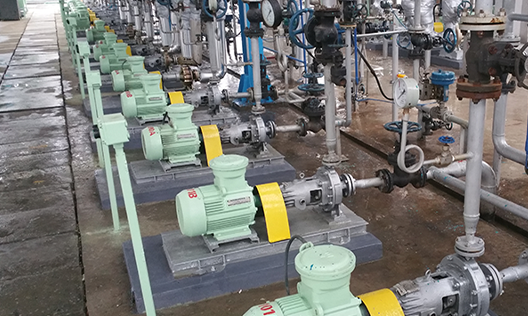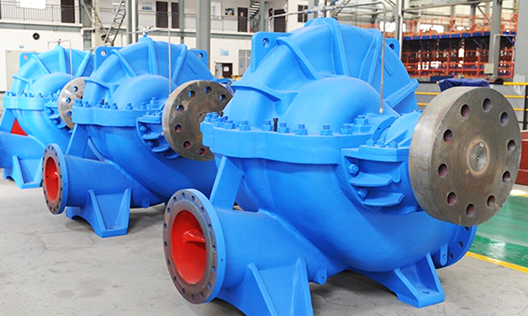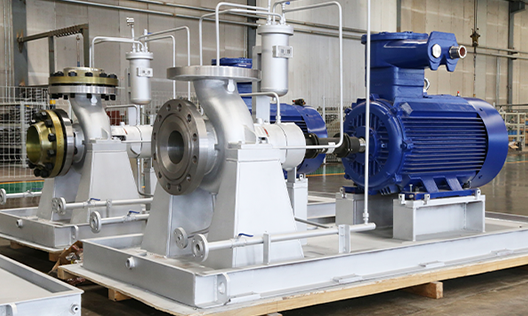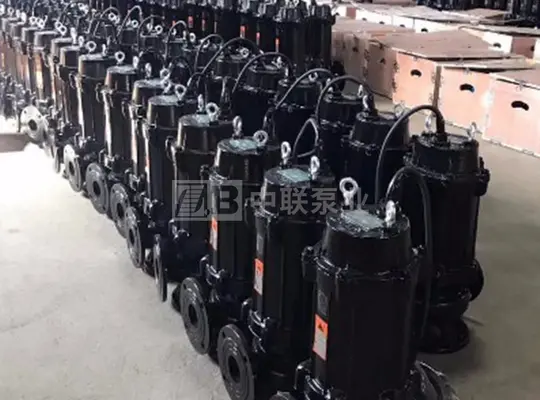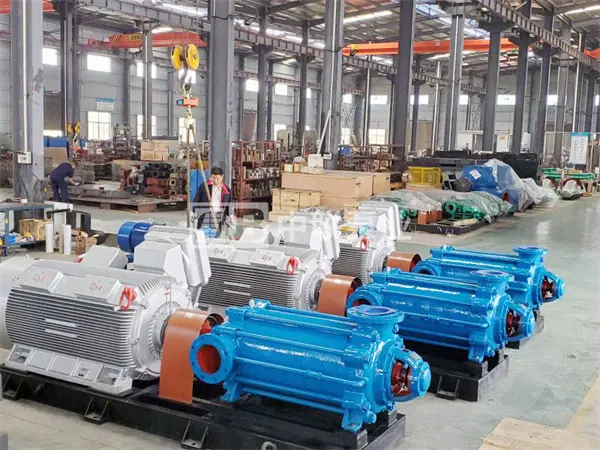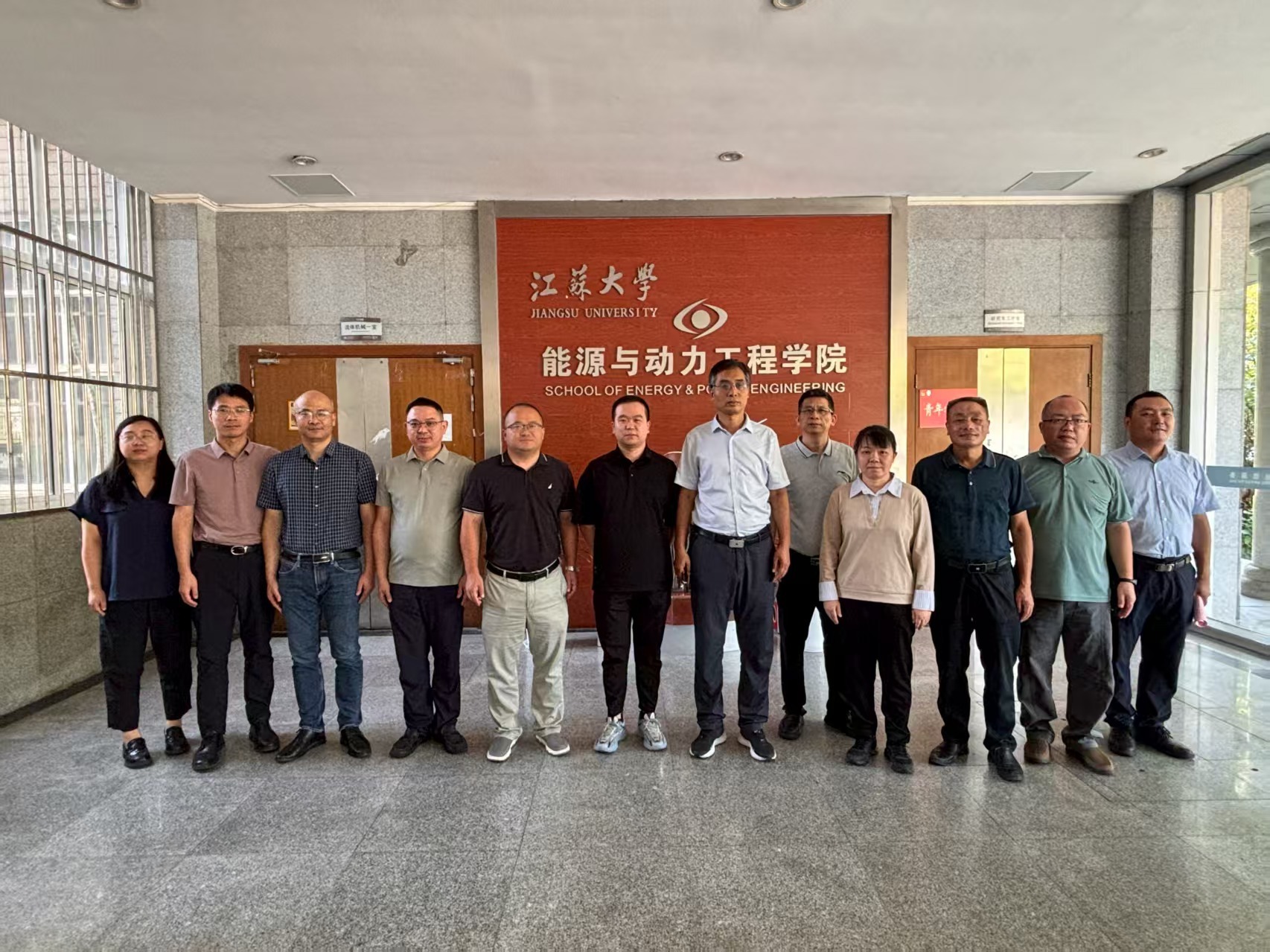How to Choose the Right Submersible Pump for Your Needs
Table of Contents
- Introduction to Submersible Pumps
- Understanding Submersible Pumps
- Types of Submersible Pumps
- Sewage Submersible Pumps
- Drainage Submersible Pumps
- Deep Well Submersible Pumps
- Specialty Submersible Pumps
- Key Factors to Consider When Choosing a Submersible Pump
- Applications of Submersible Pumps
- Installation and Maintenance Tips
- Common Misconceptions About Submersible Pumps
- Conclusion
- Frequently Asked Questions
Introduction to Submersible Pumps
Submersible pumps play a critical role in various applications where water needs to be moved from one location to another efficiently. These pumps operate underwater, ensuring they are highly effective in environments where traditional pumps may struggle. Understanding how to choose the right submersible pump can significantly impact the performance of your system and the longevity of the pump itself.
Understanding Submersible Pumps
A submersible pump is designed to be submerged in fluid, typically water, and is used for a wide range of purposes, including draining, dewatering, and even sewage removal. By being located below the surface, these pumps can take advantage of hydrostatic pressure to move water more efficiently.
Types of Submersible Pumps
When selecting a submersible pump, it is essential to understand the different types available, as this will influence which pump is best suited for your specific needs.
Sewage Submersible Pumps
Sewage submersible pumps are specially designed to handle wastewater containing solids and debris. These pumps are commonly used in residential and commercial settings where sanitary waste needs to be moved away from buildings.
Drainage Submersible Pumps
Drainage submersible pumps are ideal for removing water from flooded areas or keeping spaces dry. They are often used in construction sites, basements, and other areas that may experience excess water accumulation.
Deep Well Submersible Pumps
Deep well submersible pumps are utilized for extracting water from deep underground sources. They are typically used in agricultural, municipal, and residential water supply systems where a reliable water source is necessary.
Specialty Submersible Pumps
Specialty submersible pumps include various designs tailored for specific applications, such as chemical transfer, irrigation, or high-pressure requirements. These pumps may offer enhanced corrosion resistance or specific material compatibility.
Key Factors to Consider When Choosing a Submersible Pump
Selecting the right submersible pump involves assessing several critical factors that will affect performance and suitability for your application.
Required Flow Rate
The flow rate is the volume of water the pump can move within a given time frame, typically measured in gallons per minute (GPM) or liters per second (L/s). Understanding your required flow rate is crucial for ensuring the pump meets the demands of your application. Consider peak usage times and the total volume of water you need to move.
Lift Height
Lift height refers to the vertical distance the pump must raise the water from its source to the discharge point. This factor is essential because pumps are rated for specific lift heights. If the required lift height exceeds the pump's capability, it may fail to perform adequately.
Power Source
Submersible pumps can be powered by electricity or gas. Electric pumps are more common and are preferred for their reliability and efficiency. However, in remote areas where electricity is unavailable, gas-powered pumps may be more appropriate.
Pump Materials and Durability
The material of the pump affects its durability and suitability for various applications. Common materials include stainless steel, thermoplastic, and cast iron. Ensure the chosen material can withstand the fluid's corrosive properties and environmental conditions.
Applications of Submersible Pumps
Submersible pumps find applications across various industries, including:
- **Residential**: For draining basements, pools, and septic tanks.
- **Agricultural**: For irrigation and water supply in farming.
- **Industrial**: For handling wastewater and chemical transfer.
- **Construction**: For dewatering excavations and foundations.
Understanding these applications helps in determining the specific type of pump needed for your situation.
Installation and Maintenance Tips
Proper installation and regular maintenance are vital for ensuring the longevity and efficiency of your submersible pump.
- **Installation**: Follow the manufacturer's guidelines for installation. Ensure the pump is correctly positioned at the bottom of the well or tank to maximize efficiency.
- **Regular Checks**: Monitor the pump for unusual noises, vibrations, or performance drops. Regular maintenance checks can help identify issues early and prevent costly repairs.
- **Cleaning**: Periodically clean the pump and surrounding area to prevent debris buildup that can hinder performance.
Common Misconceptions About Submersible Pumps
There are several myths surrounding submersible pumps that can mislead potential buyers.
- **Myth 1**: All submersible pumps can handle solids. In reality, not all pumps are designed for solids, making it essential to choose the right type for your needs.
- **Myth 2**: Submersible pumps are only suitable for deep wells. While they excel in deep applications, they are also effective in shallow water scenarios.
- **Myth 3**: Higher horsepower always means better performance. The performance depends on the specific requirements of your application, not just the horsepower rating.
Conclusion
Choosing the right submersible pump is crucial for effective water management, whether for residential, agricultural, or industrial purposes. By understanding the different types of pumps, assessing key factors such as flow rate and lift height, and addressing common misconceptions, you can make an informed decision that meets your unique needs. Proper installation and maintenance are essential to ensure longevity and optimal performance, making your investment worthwhile.
Frequently Asked Questions
1. What is the average lifespan of a submersible pump?
The lifespan of a submersible pump can vary widely based on usage, maintenance, and material quality, but a well-maintained pump can last between 5 to 15 years.
2. Can I use a submersible pump for dirty water?
Yes, certain types of submersible pumps, such as sewage and drainage pumps, are specifically designed to handle dirty water and solid particles.
3. How do I know what size pump I need?
To determine the size of the pump you need, consider the required flow rate, lift height, and specific application requirements. It's helpful to consult with a pump specialist if you're unsure.
4. Are submersible pumps energy efficient?
Submersible pumps are generally more energy-efficient than surface pumps due to their design, which minimizes energy loss.
5. Can I repair a submersible pump myself?
While some minor repairs can be performed by DIY enthusiasts, it is generally advisable to seek professional assistance for significant repairs to ensure safety and maintenance of warranty.
Previous:
Next:
Recommended Information


